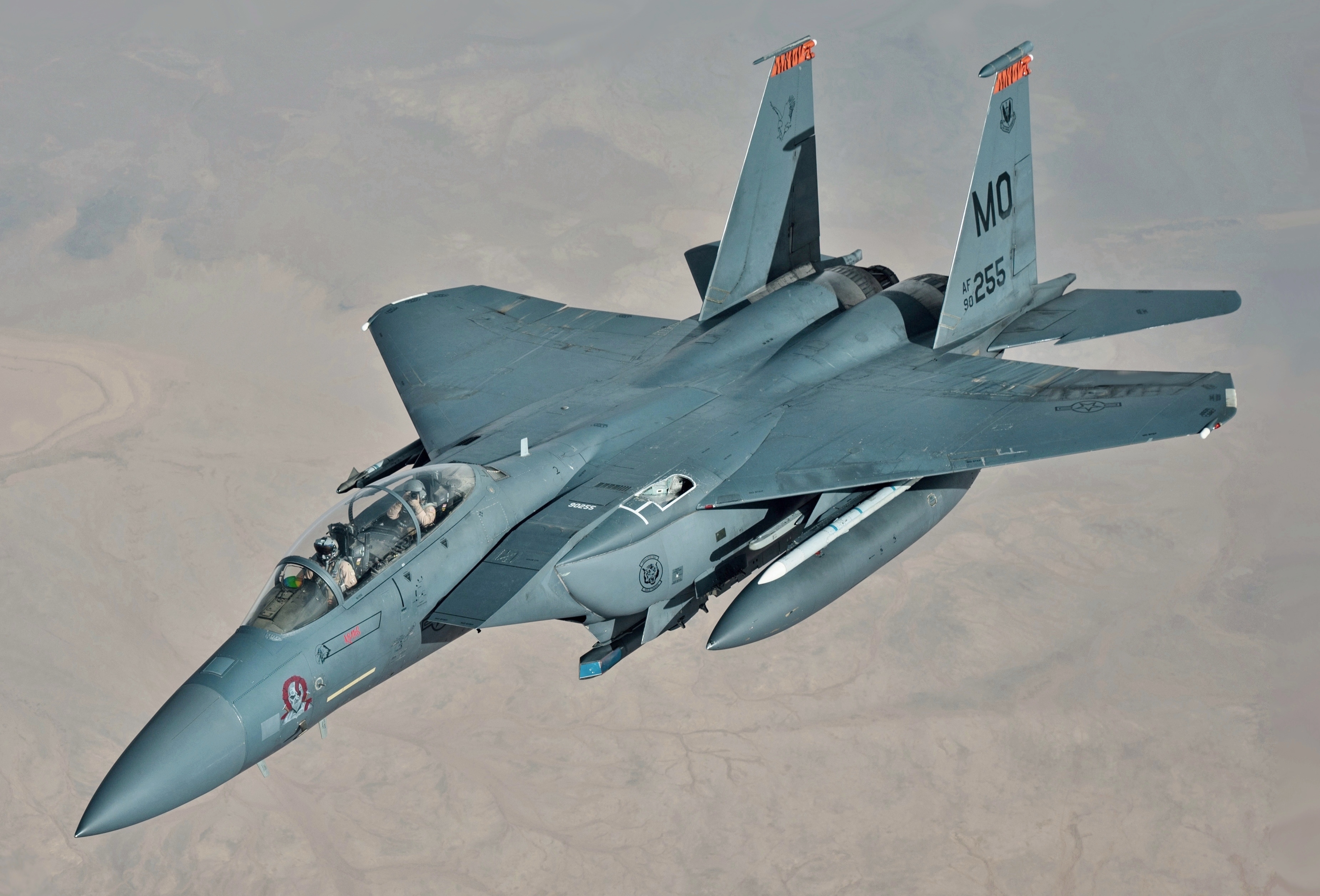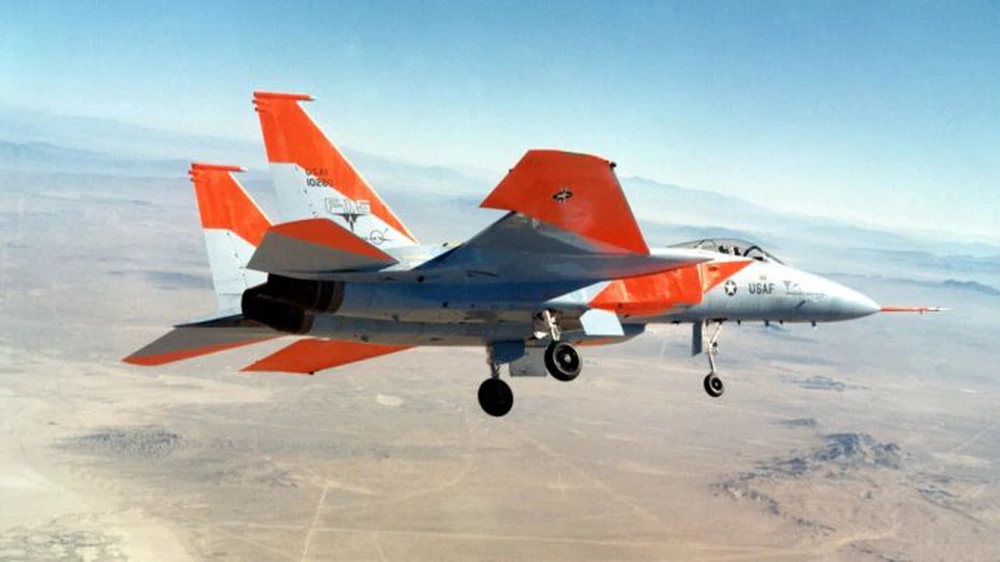In the annals of aviation history, few aircraft have achieved the legendary status of the F-15 Eagle. Known for its unmatched combat record, the F-15 has solidified its reputation as an indomitable force in the sky, with 104 confirmed enemy kills and an unblemished record of never being destroyed. This incredible feat has earned it the moniker of “Monster in the Sky,” a testament to its enduring superiority in aerial combat.
A Legacy of Excellence
The F-15, developed by McDonnell Douglas (now Boeing), first entered service with the U.S. Air Force in 1976. Designed as a high-performance air superiority fighter, it was built to establish and maintain air dominance. From its initial deployment, the F-15 demonstrated exceptional capabilities, combining speed, agility, and advanced avionics to dominate adversaries.
One of the standout features of the F-15 is its powerful twin-engine design, which provides a remarkable thrust-to-weight ratio. This enables the aircraft to achieve speeds exceeding Mach 2.5, outpacing most enemy fighters and ensuring it can quickly engage or disengage as needed. The F-15’s superior maneuverability and advanced radar systems further enhance its effectiveness in combat scenarios.

An Impressive Combat Record
The F-15’s combat record is nothing short of extraordinary. As of now, the aircraft has amassed 104 confirmed aerial victories, a testament to its effectiveness in air-to-air combat. Its record of never being destroyed in combat underscores its durability and the skill of its pilots. The F-15’s success in combat can be attributed to its combination of cutting-edge technology and superior pilot training.
During conflicts such as the Gulf War, the F-15 proved its mettle by achieving a remarkable kill-to-loss ratio. U.S. Air Force pilots flying the F-15 were able to secure air superiority with minimal losses, effectively neutralizing threats from enemy aircraft. The F-15’s sophisticated avionics, including the APG-63 and APG-70 radar systems, allowed pilots to detect and engage targets at long ranges, often before the enemy had a chance to respond.
![]()
The Key to Its Success
Several factors contribute to the F-15’s unmatched success. Its powerful engines, advanced radar systems, and robust airframe are complemented by its versatility in combat. The F-15 is capable of engaging a wide range of aerial threats, from enemy fighters to bombers and even incoming missiles. Its adaptability has made it a valuable asset in various theaters of operation.
The aircraft’s design also incorporates stealth features, albeit not to the extent of more recent designs. Its ability to avoid detection through electronic warfare and advanced countermeasures has played a crucial role in its survival and effectiveness. The F-15’s continued upgrades and modifications have kept it relevant in modern combat scenarios, ensuring that it remains a formidable adversary.

A Symbol of Air Power
The F-15’s enduring legacy is not just about its technical prowess but also about its symbolic value as a representation of air superiority. Its impressive combat record has made it a symbol of U.S. air power and a point of pride for the Air Force. The aircraft’s success has inspired confidence in its capabilities and demonstrated the effectiveness of American air combat strategy.
Looking to the Future
While the F-15 continues to serve with distinction, its role is evolving as newer aircraft like the F-22 Raptor and F-35 Lightning II enter service. However, the F-15’s proven track record ensures that it will remain a vital component of the U.S. Air Force’s arsenal for years to come. Its legacy as the “Monster in the Sky” is firmly cemented, reflecting its unmatched performance and enduring impact on aerial combat.
Conclusion
The F-15 fighter jet stands as a testament to engineering excellence and combat prowess. With 104 confirmed enemy kills and a perfect record of never being destroyed, the F-15 has earned its place as one of the most formidable aircraft in history. Its legacy continues to inspire awe and respect, solidifying its reputation as the ultimate “Monster in the Sky.”





